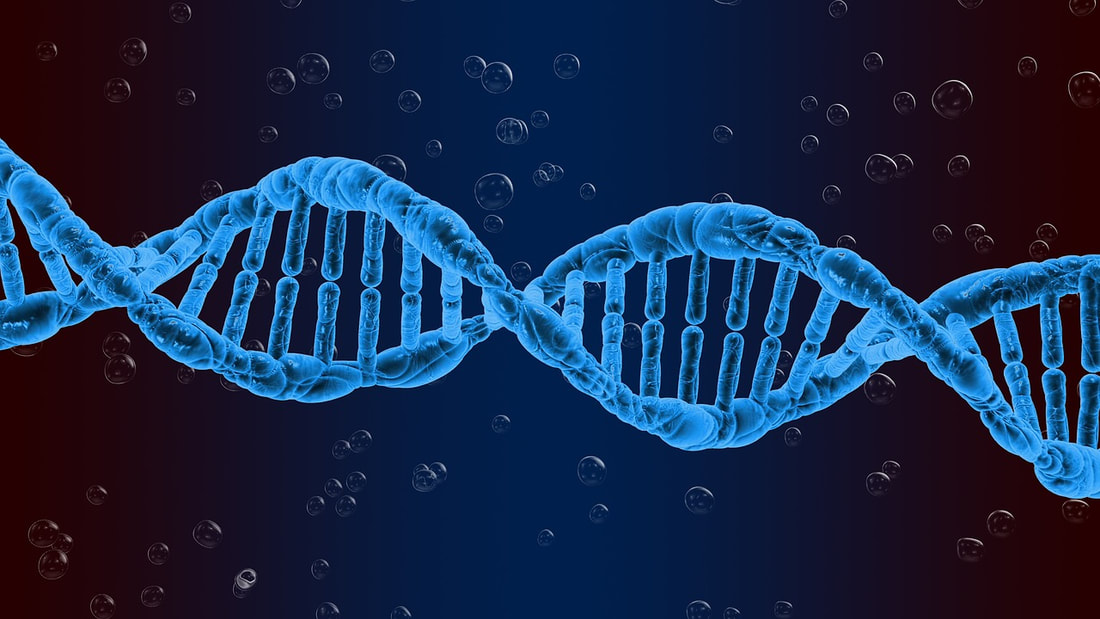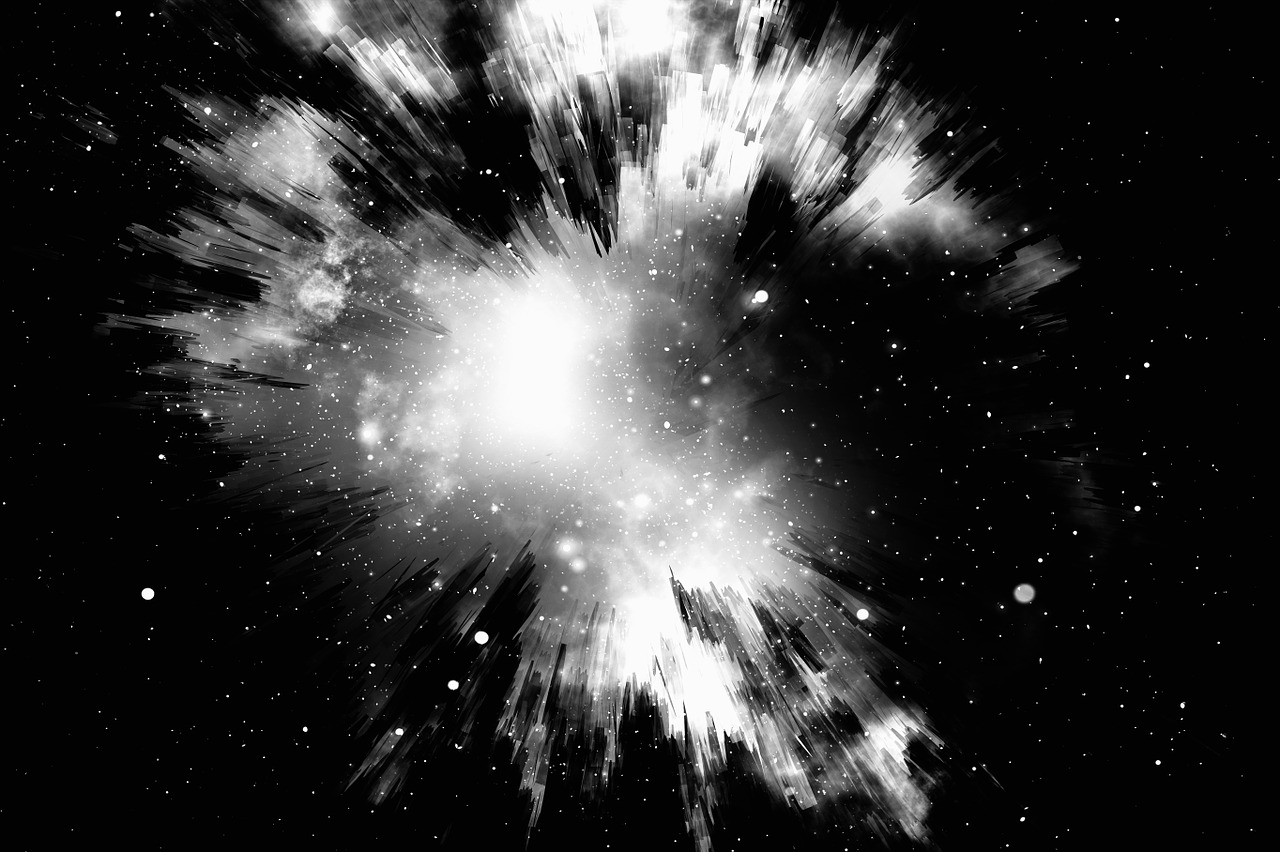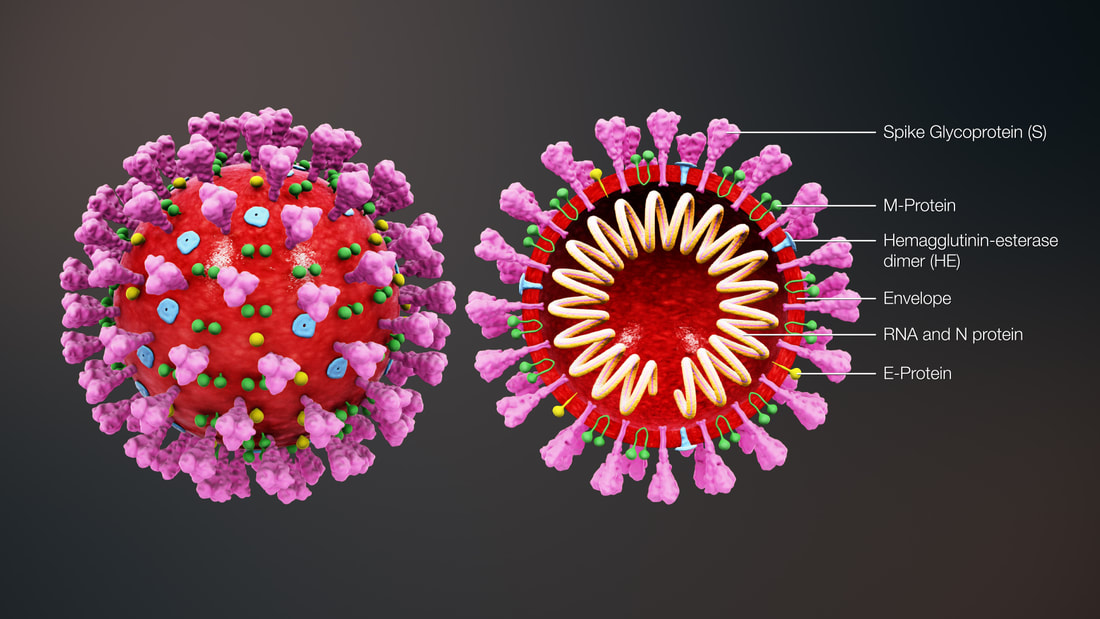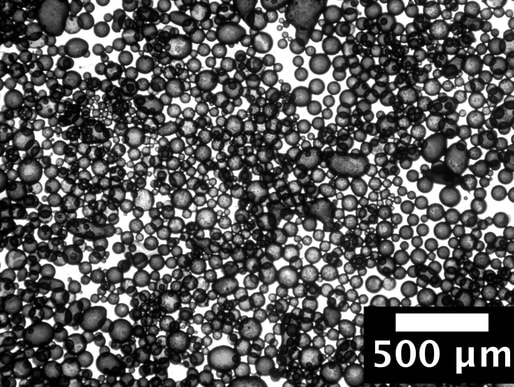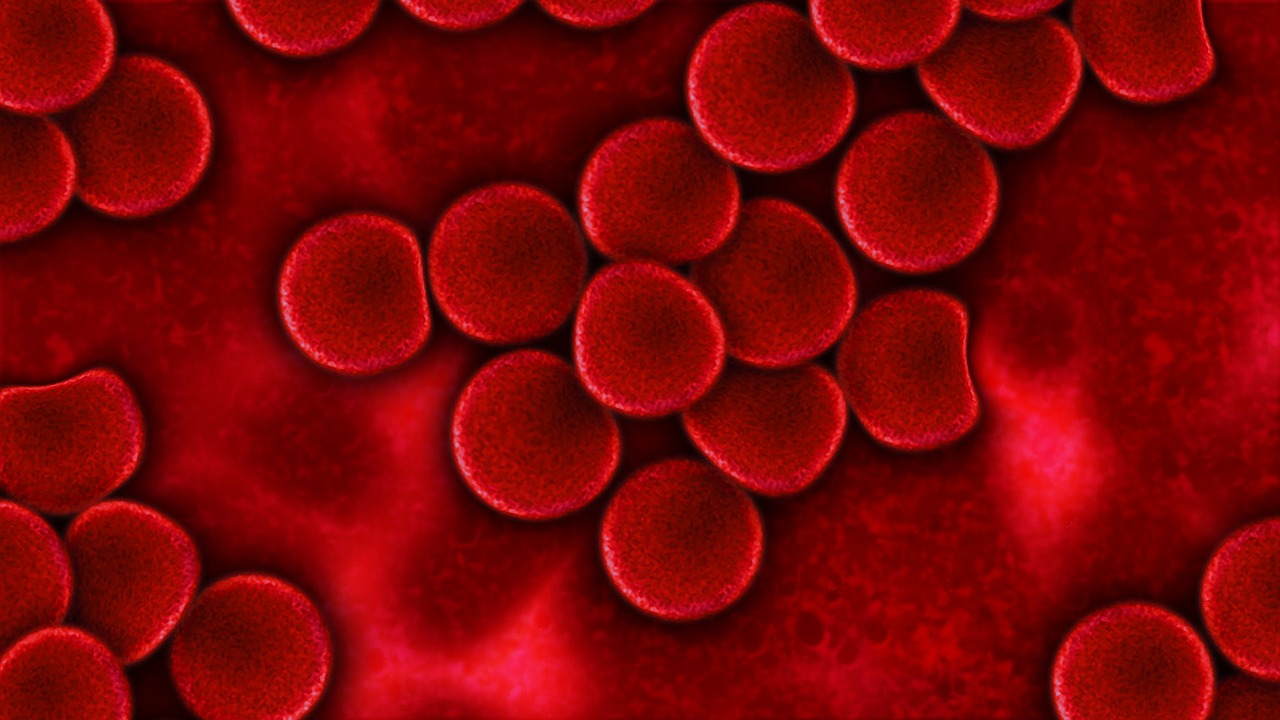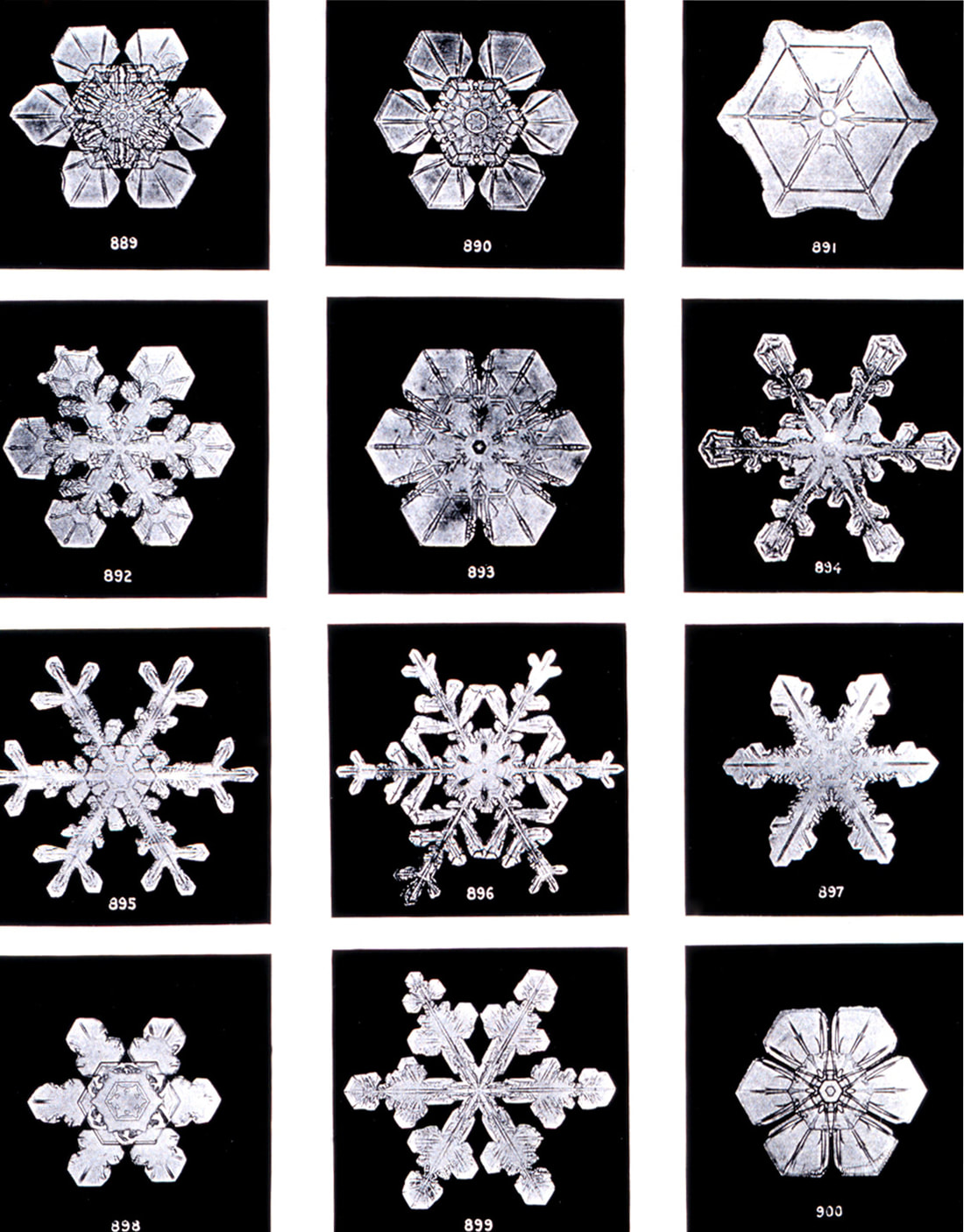|
By Jenna Everard
The origin and evolution of life as we know it has long been a topic of debate within the scientific community. At the center of that puzzle lies deoxyribonucleic acid, or DNA — the molecule of inheritance that defines life, determining the structures, functions, and capabilities of various organisms.
0 Comments
By Victoria Comunale
The massive expanse of space can bring wonder to just about anyone with a simple gaze upward. One might find themselves overwhelmed by the sheer number of stars and planets that are found against the backdrop of the seemingly boundless darkness. But the cosmos offers up so much more than a beautiful scene to look at—it is a mystery, or more appropriately, a puzzle, with clues just waiting to be pieced together. What makes up this enigmatic expanse? What compounds that are incredibly rare on earth might be as abundant as oxygen is to us? The study of such enigmatic molecules and chemical interactions in space, known as astrochemistry, promises to offer insightful clues about the nature of atoms and molecules. By Elaine Zhu
With the World Health Organization announcing a global pandemic and schools and large events being canceled across the world, coronavirus, or more formally known as “2019 novel coronavirus” and abbreviated as COVID-19, has been in the global spotlight since the beginning of 2020. COVID-19 is the result of one of a family of viruses called coronaviruses, which are common in various animal species, such as cattle, bats, or camels. Usually, coronaviruses from these species do not infect humans, but in special cases can be spread to humans and lead to a fatal disease. By Boyuan Chen
“Try it yourself, just once,” said a voice, low and hoarse. It was Grandma, smiling. My Grandma, a traditional Chinese countrywoman, always preferred to use the wastewater left from boiling noodles to wash dishes, a practice I have long held doubts about. By Alice Sardarian
In 1999, James Harrison was awarded the Medal of the Order of Australia for saving millions of children’s lives through his blood plasma donations. Harrison, also known as the “man with the golden arm,” has donated plasma almost every week for the past 60 years, spanning the entire range of donor ages permitted by the Australian Red Cross Blood Service. Plasma is a component of blood that contains nutrients, ions, proteins, and more, not including platelets, leukocytes, and erythrocytes. Plasma donation involves continuously withdrawing blood, separating the red blood cells from the plasma, and then returning the red blood cells back to the donor. According to the Red Cross, plasma may be donated much more frequently than whole blood: donors must wait only 7 days for plasma as opposed to between 8 and 16 weeks for whole blood. By Elifsu Gencer
The joy I feel when I spot a perfect little snowflake on my coat sleeve is truly unmatched. Having been taught that every snowflake is unique, I marvel at the level of detail I can see with my bare eyes on something so small in size. I can’t help but think, though, that it does kind of look like every other snowflake that I’ve examined. How do we know that each snowflake is actually unique? And what does “unique” really mean? |
Categories
All
Archives
April 2024
|

